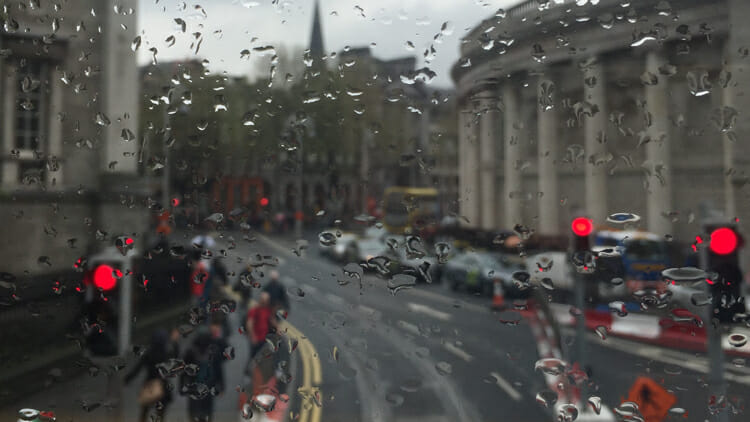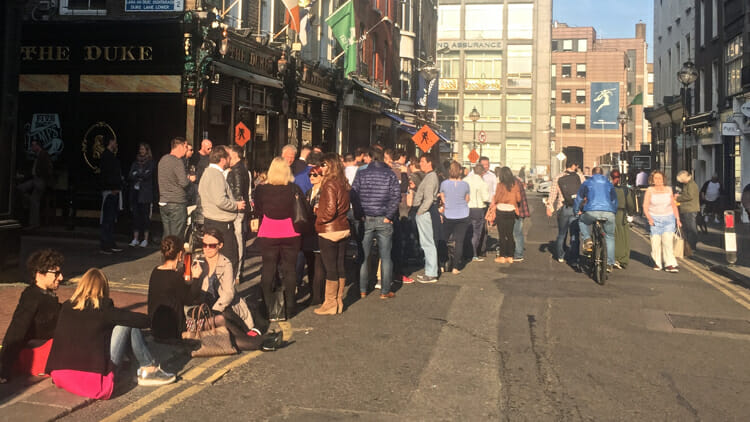
While it's fascinating, fun and rich in history and culture, Dublin is an expensive city for travelers. Let's make it affordable. Below are lots of ideas for loving Dublin on a budget.
Dublin is the capital of Ireland and was the center for its historic struggle for independence from Great Britain.
It was and is a literary city. From Joyce to Yeats to Wilde to more recent writers like Paul Lynch, winner of the 2023 Booker Prize, the city has produced an amazing number of exceptional writers.
And yes, Dublin is famous for it's pubs.
The city truly has something for everyone. Below are my favorite things to do in Dublin that are not only fun and interesting, they are also affordable.
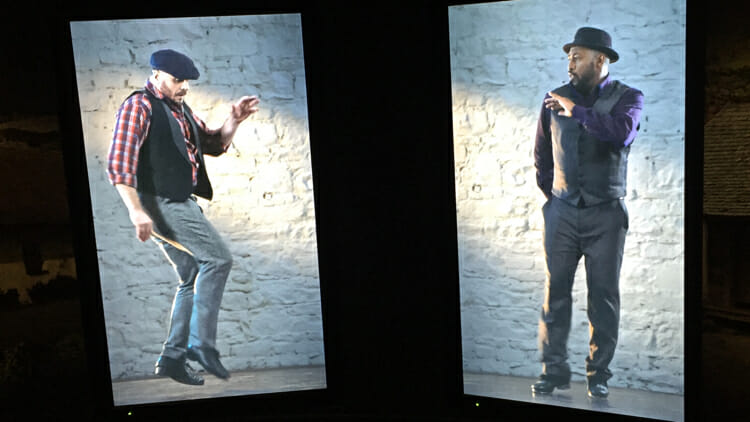
My #1 Pick for What to Do in Dublin
This is the first time that I've had a Top Pick for one of our destinations but I was so blown away by Epic, The Irish Emigration Museum, that I couldn't let it get lost in a crowd of other tips.
Epic Ireland is a museum in central Dublin that explains the history of people leaving the island and how those people and their descendants changed the world. Ever wonder why so many places celebrate St. Patrick's Day? It's the massive Irish diaspora. A visit to Epic, the most immersive museum experience I've ever had, tells you all about it.
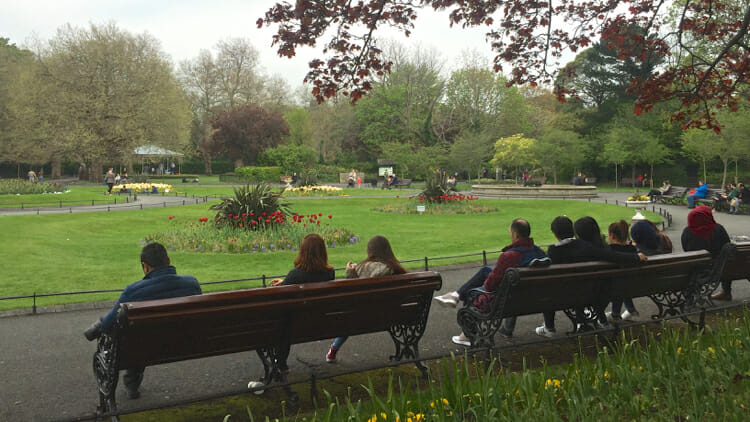
Dublin on a Budget: Free Activities
- Free walking tours. There are a variety of free walking tours in Dublin. Sandman's New Europe has a tour as does Generation Tours. Check out a few more free tours of Dublin here.
- Art and history museum. The National Museum of Ireland has four locations, each with a specific focus. The museums are free.
- A science gallery. The Science Gallery Dublin is part of the Global Gallery Network that was initiated by Trinity College. As of April 2024 it is under renovation but worth checking out if you are reading this at a later date.
- Walk O'Connell Street. This is the main street in Dublin. Walking north from the Liffey, you'll first see a statue of Daniel O'Connell, an Irish political leader in the first half of the 19th century who campaigned for Catholic rights. Going north on your right you'll see the General Post Office (GPO). It was the headquarters for the Irish rebels during 1916 Easter Rising. (See below for details on the museum that is located in the GPO.) Pop inside for a free look. Notice bullet holes on the building that remain from that rising. Further along is the Millennium Spire, also known as the Stiletto in the Ghetto.
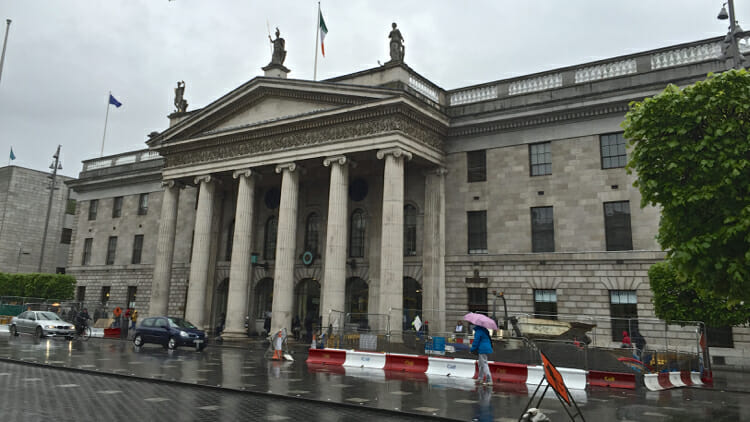
- Trinity college. A walk through Trinity College is a must for its cobblestones and grand Victorian buildings. You can't miss it. It's very central on the south side of the Liffey.
- Dublin's City Gallery. Dublin City Gallery the Hugh Lane is a public gallery of contemporary art. Closed on Mondays. They have free ticketed concerts Sundays at noon.
- Free tour of the President's residence. Go to Phoenix Park, a huge park in the city, and take a free tour of Aras an Uachtaráin, the President's official residence. Open Saturday's from 10:30am.
- Explore Temple Bar. Temple Bar is an area in central Dublin that's filled with pubs (the highest density of pubs in the city), galleries, street musicians, open markets, shops and even theatres. It's where the partying happens.
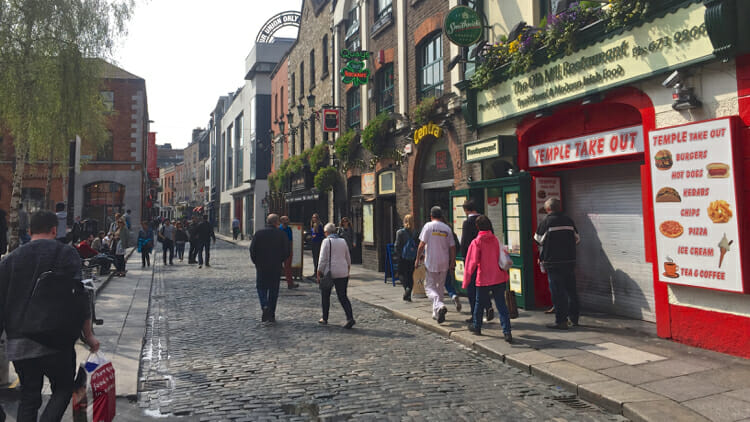
- Relax in a park. St. Stephen's Green, Merrion Square and the grounds surrounding the Irish Museum of Modern Art are all places to relax, stroll and people watch. The MOMA has a lot of tourists but you'll see mostly locals in St. Stephen's Green and Merrion Square. On the Northwest corner of Merrion Square is the Oscar Wilde statue.
- Take in a festival. Dublin has tons of festivals. Here's your guide. Plug in your dates and and see what's on OR choose your event type and plan your travels around the one you'd like to see.
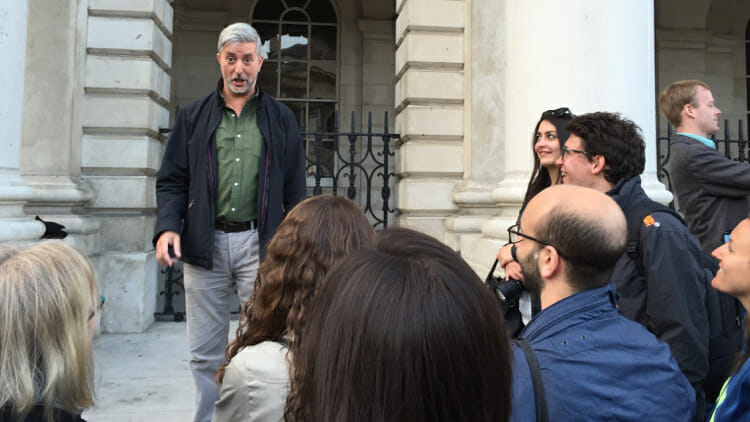
Dublin on a Budget: Tourist Tips
Now in this list, everything has a price but, for Dublin, it's pretty affordable and everyone of these suggestions is worth it.
- Witness History. The GPO Witness History Museum is the place to go to understand the 1916 Easter Rising. Open Monday to Saturday, admission is €17.00.
- Not your average Literary Tour. Dublin is likely the most actively literary city per capital in the world. It was the birthplace of many famous authors and poets and the Dublin Literary Pub Crawl brings this to life. Each pub stop along the way has its literary significance revealed to you in performance by the guides. Nightly spring to fall. Check the schedule in the winter. Tickets are €18.00
- The small theatre scene. In Temple Bar there are a number of small theatres with equally small ticket prices. There you'll find The New Theatre, Smock Alley, and the Project Arts Centre. Dublin also has a number of larger theaters offering the major touring musicals.
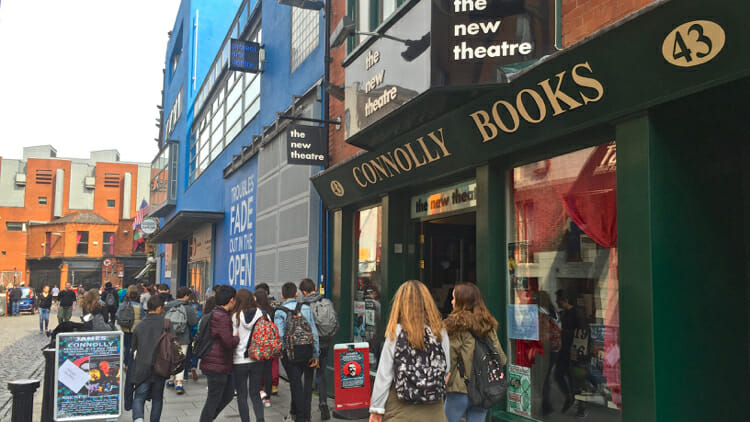
- Tour the cemetery. Glasnevin Cemetery is the resting place of some of Ireland’s most famous people. Choose from a general history tour or one about the 1916 Rising. Tour prices start at €10.
- The Guinness Storehouse. The Guinness Storehouse is a very popular stop in Dublin and, essentially, a museum about Guinness. There are seven floors with a glass atrium in the center that is shaped like a Guinness glass. The story of Guinness is told in terms of its ingredients, brewing, transport, cooperage, advertising and sponsorship. The Storehouse also includes bars, restaurants and shops full of Guinness goods.
- Kilmainham Gaol. The Kilmainham Gaol opened in 1796 as the new County Gaol for Dublin. It closed in 1924. It's tightly connected to the beginning and the end of the union of Ireland with Britain. The gaol is on some hop-on, hop-off bus routes. Check the website for details as it's very popular.
- Shopping. The main shopping area is Grafton Street but great shopping spills out into the side streets nearby as well. Don't forget to use your Fexco Horizon Card to save the VAT (details below).
- Trinity College Library and the Book of Kells. While the Book of Kells is an important, beautiful document, I enjoyed the Library more. Bus loads of people see the Book every day as this is a stop on just about every itinerary of Ireland. Get there at opening to avoid the buses which seem to start arriving around 9am. Tickets start at €25, but they have optional packages. I recommend reading their website before going to ensure you get all you can from your visit.
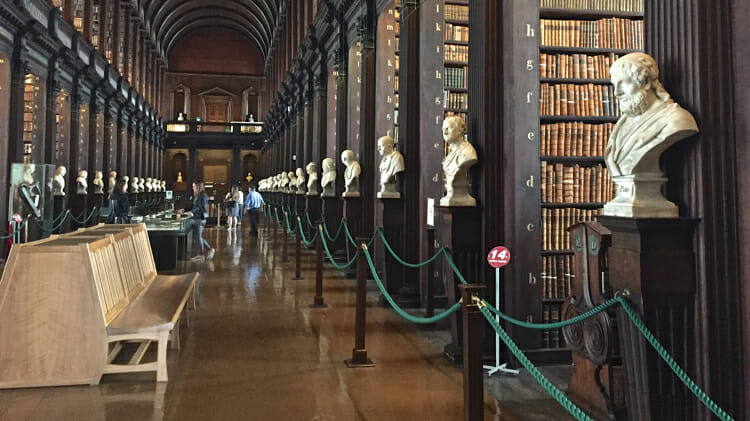
- Visit the little Museum. The Little Museum is all about Dublin from the Victorian era to the U2 era. It has had stellar reviews though I did not manage to get there so I cannot attest to this personally. Visits are by tour, or you can get an all-day ticket for €13. Book online as you might not be able to get in otherwise.
- Go to a hurling match. You don't have to pay big ticket prices to see a professional Hurling match. To get the feel of it check out Dublin GAA (Gaelic Athletic Association) for dates, times and locations of upcoming matches.
Affordable Ways to Get Around Dublin
- Walk, Walk, Walk! There's no better way to see Dublin on a budget, or at any price point, than to walk. It is an amazingly walkable city. From the top of O'Connell Street in the north, south to St. Stephens Green and points east and west of this I walked everywhere. I never got on public transit when exploring the center of the city.
- Hop-on hop-off. Whether it's because you don't have much time (just a day in Dublin perhaps) or you want to get an overview of the city and make sure you cover all the major sites a hop-on, hop-off tour is a great idea. In the case of Dublin there are a few destinations like the Museum of Modern Art and the Gaol that are beyond walking distance.
- Grab a bike and explore. Dublin Bikes has a fleet of 1600 bikes. You can book a day or more.
- Transit in and around Dublin. Get the Dublin trip planner app. If your hotel isn't in the city center a Leap card is likely worthwhile. It can be used to pay for travel around Dublin on all TFI public transport services including Dublin Bus, Go-Ahead Ireland, Luas, DART and commuter rail within the Dublin area “Short-Hop zone”. The Leap card offers significant savings for bus service in Dublin as well as to many towns nearby and on the Luas trams and the DART & Commuter rail service.
- Dublin to and from the airport. Here are your options for going to and from the Dublin airport.
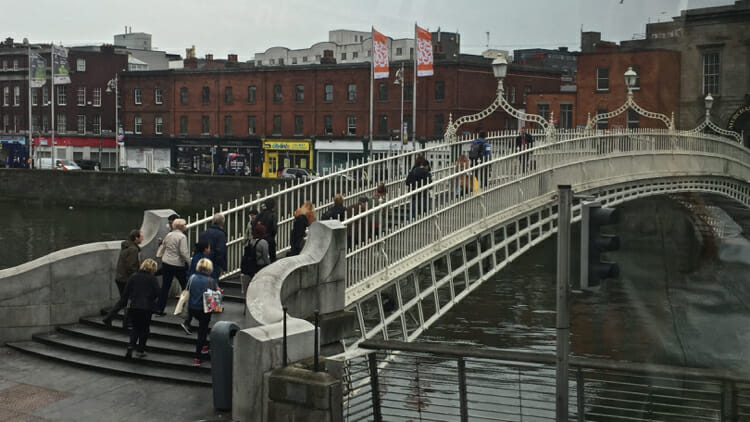
Practical Information You Need to Know About Dublin
- General Geography. It's good to get the lay of the land before going to any city. In Dublin, the River Liffey divides the city between North and South. The North is generally considered to be the tougher side of town however there are plenty of things you'll want to see north of the Liffey like the General Post Office (GPO), the National Museum and, my favorite, Epic Ireland. On the south side are Trinity College and the Book of Kells, Dublin Castle and shopping on Grafton Street.
- One street many names. You may be following what you think is one street but find yourself on another. Streets change their names frequently in Dublin. When on foot you need to pay attention.
- Tax-free Shopping. You can get a Fexco Horizon Card online at shoptaxfree.com, at many shops and at the Dublin, Cork or Shannon Airports. The card tracks all your purchases to make it easier to process your VAT refund at the airport. Read the three-step saving process here.
- Tipping. Tipping is not a big deal in Ireland but it is still a deal. As a visitor, you want to do it right. As a solo traveler you won't be tipping a server or bartender in a pub – their tips are usually received when serving larger groups. For restaurants tip 10-15% or, for a smaller bill such as a bill in a cafe or bistro for one, you may just round up to the nearest 10. You don't tip taxis unless you made a special request such as multiple stops or loading in a bike.
- Pub etiquette. If you ask for a Guinness you'll get a pint. To get a half pint ask for a glass. There is more than Guinness on tap in the city but it is a local favorite.
- Good craic is only the beginning. “Craic” (/kræk/ KRACK), or “crack” is a term for news, gossip, fun, entertainment, and enjoyable conversation, particularly prominent in Ireland. It is often used with the definite article – the craic. But be careful. If you say it was good craic you're saying it was an ok time. There are six levels of craic, from good to 90.
